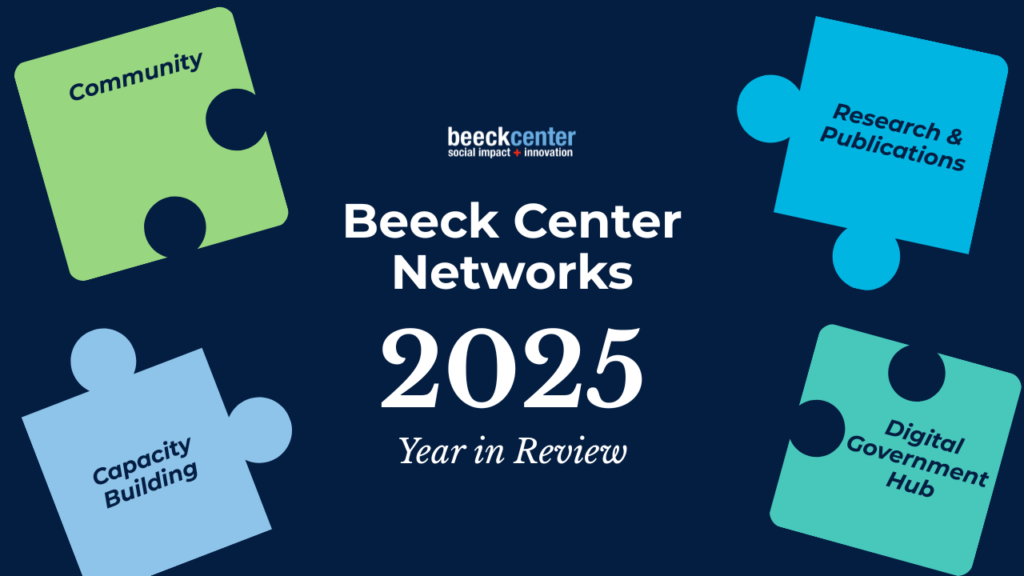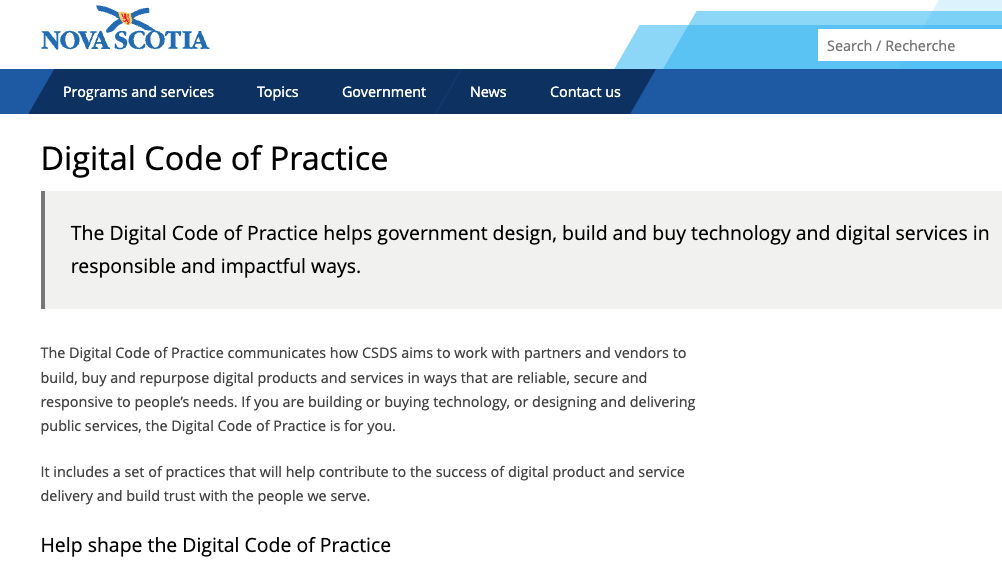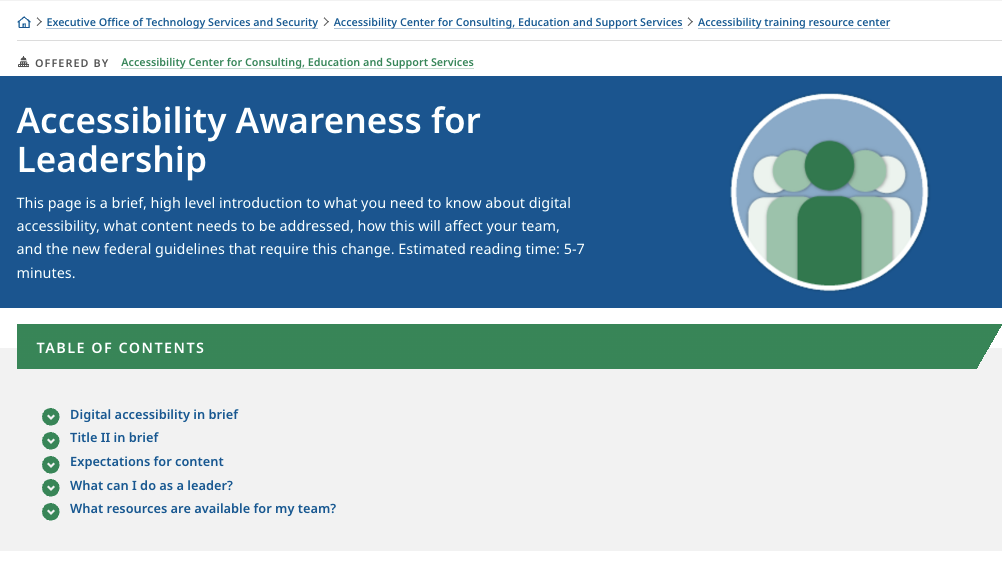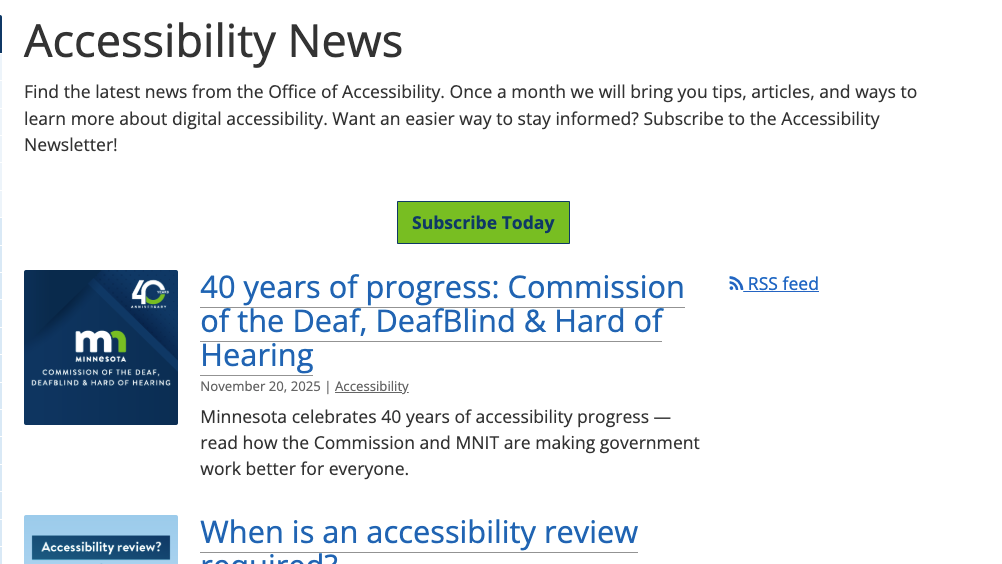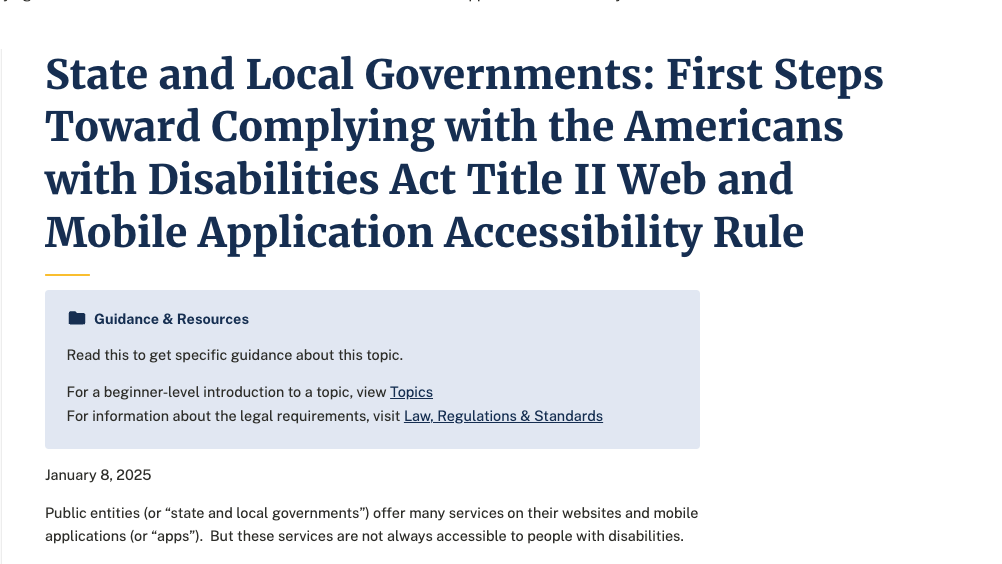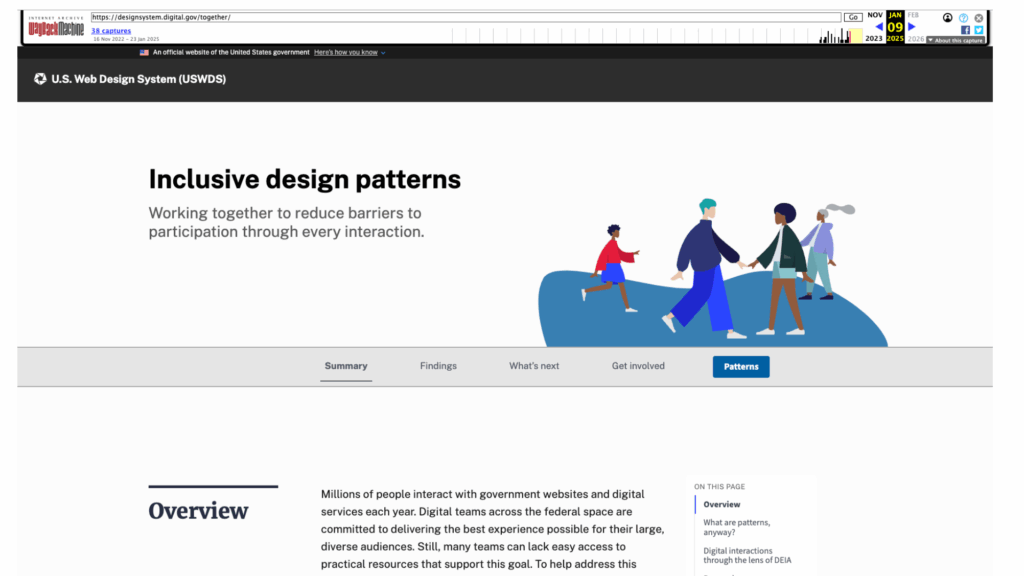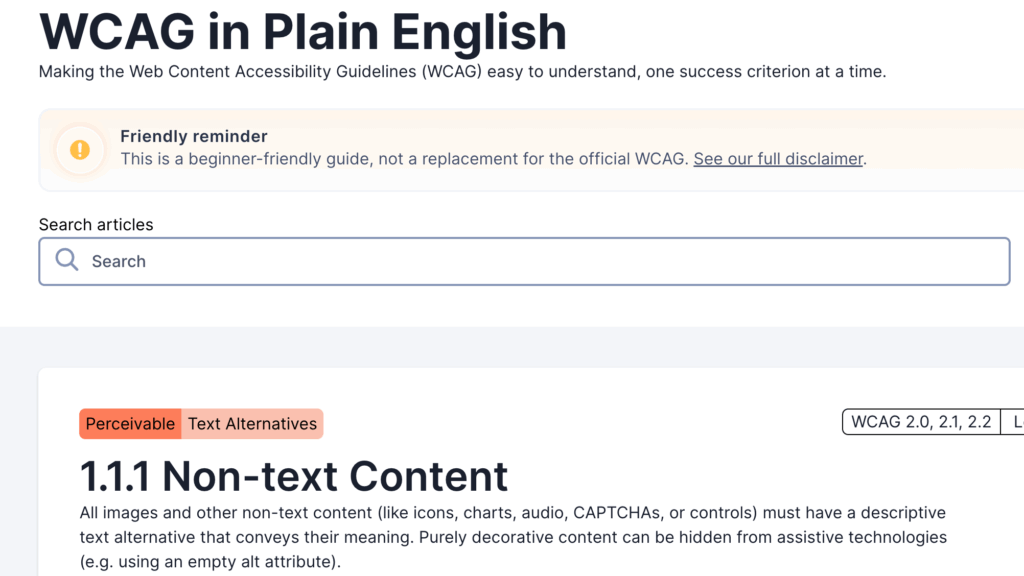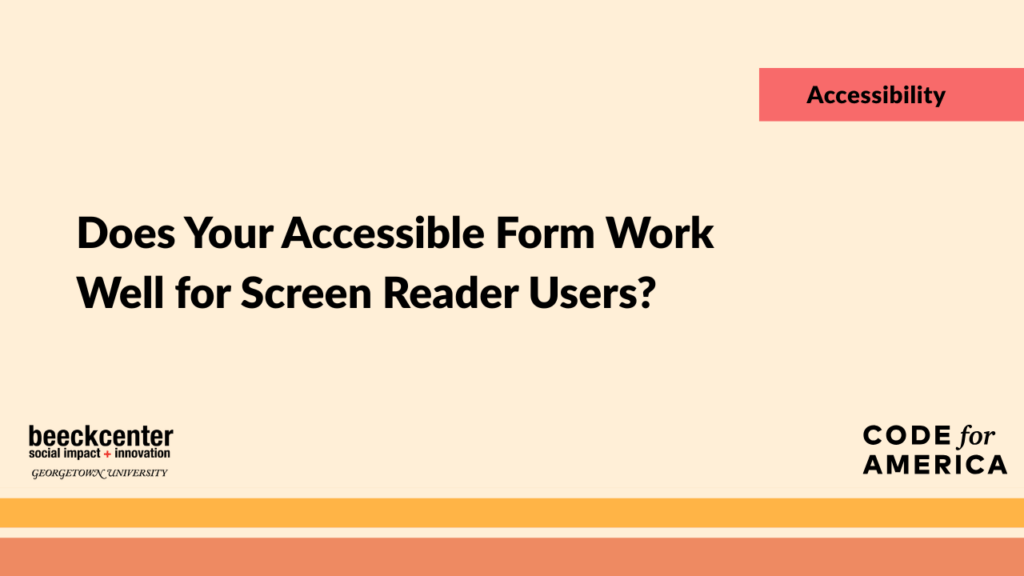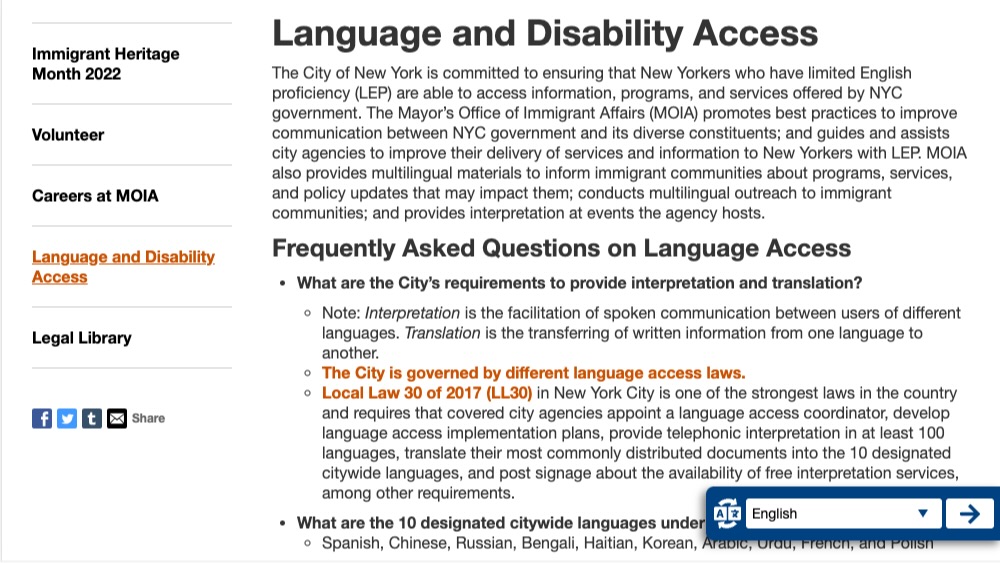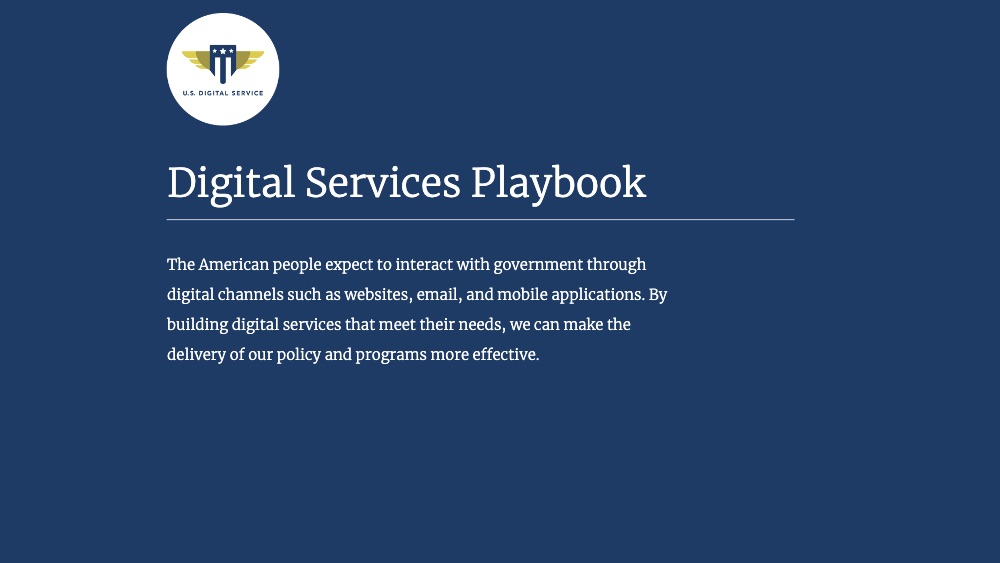Accessibility
Accessibility is the practice of ensuring that products and services are able to be used by everyone regardless of their abilities or circumstances.


From Principle to Practice
Accessibility is a critical practice in the process of designing government products and services as they are intended to be used by the general public. There are a number of potential accessibility components that need to be evaluated in this process to ensure that everyone can meaningfully access the digital experiences. Without designing for accessibility, many websites and tools would be difficult or impossible for some people to use and result in people not having equal access to information.
There are specific laws and guidelines in place to ensure that people with a range of abilities including blindness and low vision, deafness and hearing loss, learning disabilities, cognitive limitations, and limited movement can use government websites. Focusing on accessibility not only helps ensure that people with disabilities are able to use these products and services, but also benefits all users, leading to a better design for everyone.
On this page you will find resources to support your team in designing for and adhering to accessibility standards.
Subtopics
Explore our 2 accessibility subtopics below.
Assessment Tools
Standards + Guidance
How to Get Started
We recommend these resources as a starting place for accessible delivery of government services.
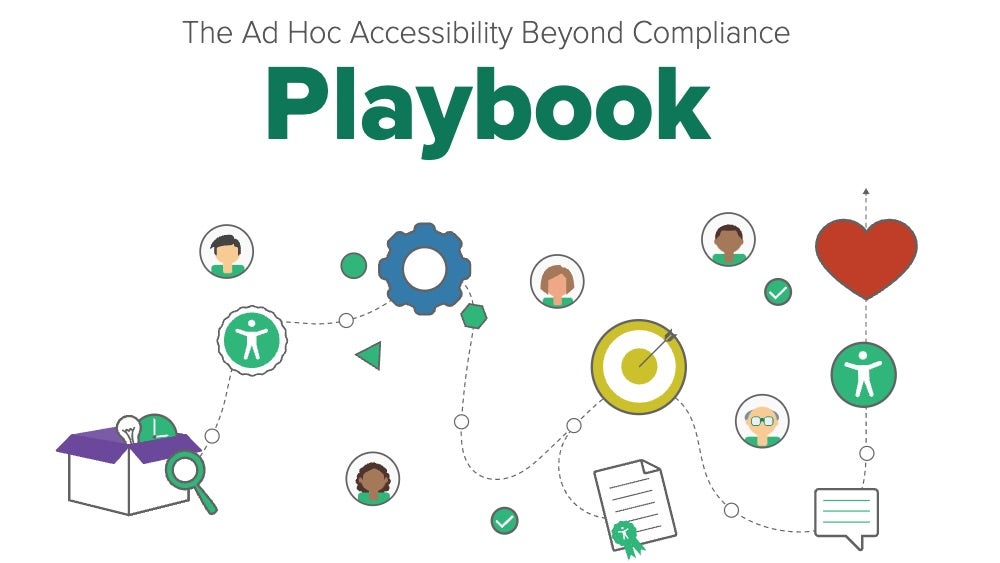
The Ad Hoc Accessibility Beyond Compliance Playbook
This playbook is for government agencies and other civic organizations looking to mature their practical understanding of accessibility from one of basic compliance to an inclusive, human-centered experience.
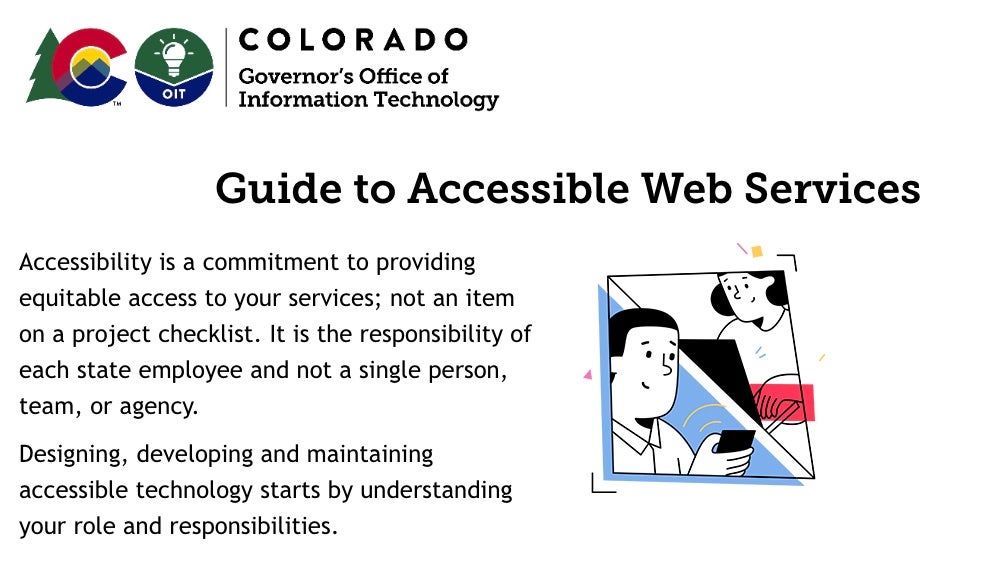
State of Colorado Guide to Accessible Web Services
A toolkit for State of Colorado employees to leverage to ensure all web services are accessible.

How we’re building GC Forms: Our 4 accessible approaches
Blogpost from the GC Forms product team sharing thoughts and tips on the team’s 4 approaches to building in accessibility from the start
Discover All of Our Accessibility Resources
Below you can see the latest items and the most popular. Click View More to see all resources and examples.
